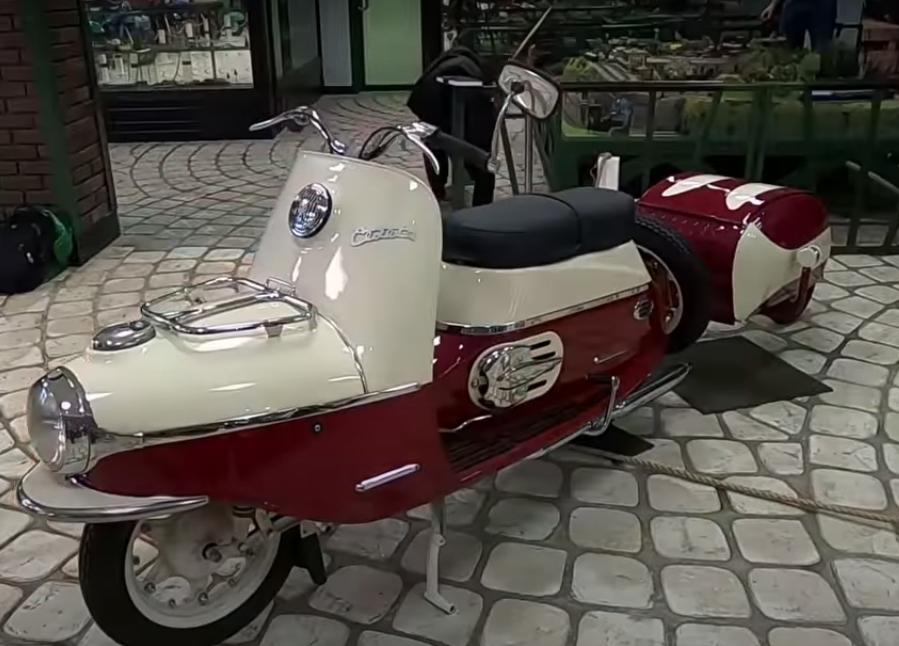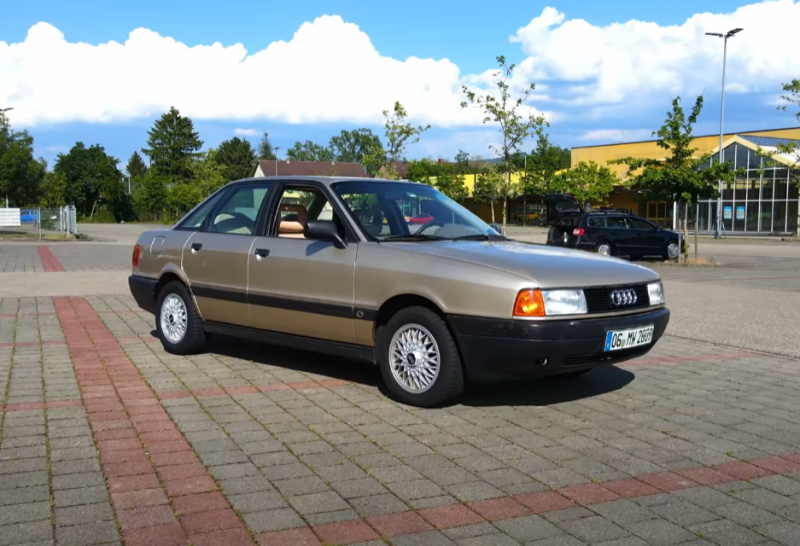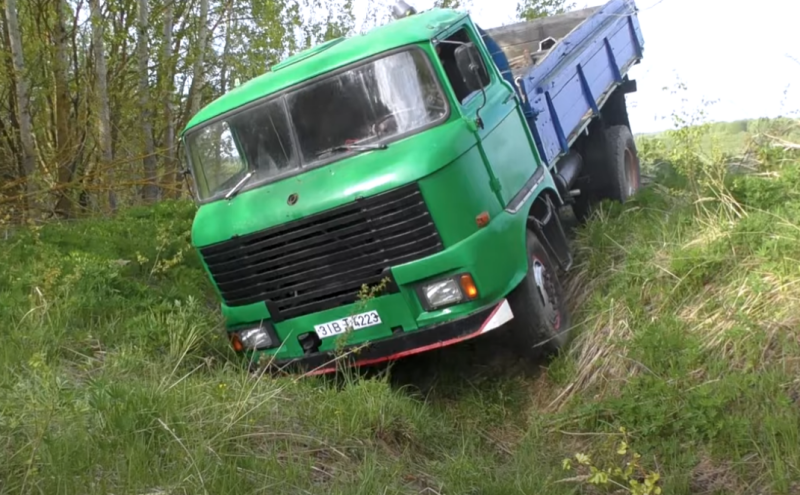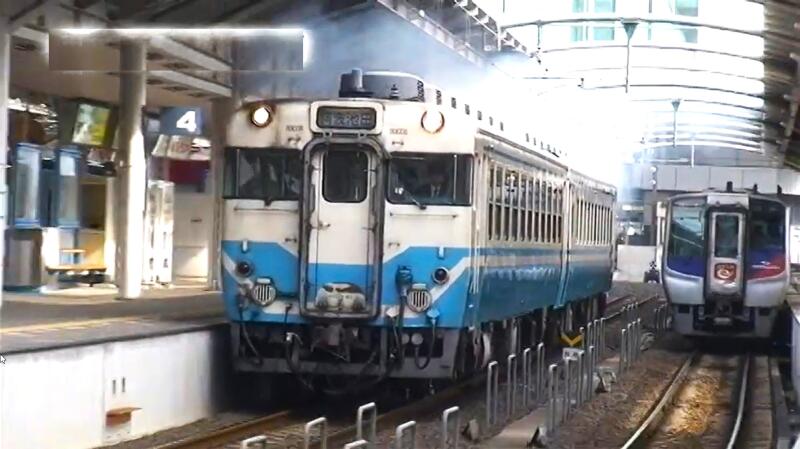 Retro technology is eye-catching. Photo: youtube.com
Retro technology is eye-catching. Photo: youtube.comEven now, the few surviving specimens attract attention. This is a design classic that has acquired a unique charm over the years and has become a model of design thought ahead of its time.
A bit of history
Chesetas were manufactured by CZ Strakonice AS, which was attached to the Jawa association after the war. The developer and ideological inspirer was the Czech engineer Jaroslav Koch, who gained fame back in the 30s thanks to Praga motorcycles, which he personally designed.
Moreover, he developed and patented the concept of a scooter with a load-bearing body and stylish contours, well known to connoisseurs, back in 1940. Then events followed that prevented the idea from being realized. For many years, the engineer did not stop working, improving and perfecting his project. Production started in 1957, a trial batch of 300 pieces was produced. The experiment was successful and the volumes gradually increased.
Cezeta entered the territory of the USSR in 1958.
Chezeta 501
The design of a scooter with a monocoque body was innovative at that time. The far protruding front end not only provided an unusual look, but also made the wheelbase much longer, which had a positive effect on handling.
 The protruding front is a characteristic feature of the scooter. Photo: youtube.com
The protruding front is a characteristic feature of the scooter. Photo: youtube.comThis constructive solution was used for a reason: in addition to a massive headlight that illuminated the road well, there was also a fuel tank. In the first version, there was no luggage rack on the front fender, it appeared a little later and was used on all scooters produced at the plant. Taking the tank forward made it possible to make a large compartment for storing luggage and tools under the driver's seat.
The quality of workmanship of all elements of the body is amazing, every detail is thought out, great attention is paid to aesthetics. This is probably why the model was in demand both in the countries of the socialist camp and in the West. In two years, more than 43 units were produced and sold.
 There is attention to every detail. Photo: youtube.com
There is attention to every detail. Photo: youtube.comA motorcycle-type steering wheel was installed on the scooter, the engine was started by a kickstarter. A single-cylinder two-stroke engine was used as a power unit, producing 8 hp. The same was then used on the CZ-175 motorcycle. A small round speedometer was installed under the steering wheel on the left, and an ignition switch on the right (at first it was located lower, but it was moved, as it was inconvenient).
 The steering wheel is simple and comfortable, the speedometer is small. Photo: youtube.com
The steering wheel is simple and comfortable, the speedometer is small. Photo: youtube.comThe engine is mounted as on motorcycles - on the frame. The wheels were much larger than those used on other models of scooters at that time. The size of 12 inches provided not only improved cross-country ability, but also simplified control. A big plus was the fact that many spare parts from Chezet motorcycles would fit this model.
 The engine in the first scooters was without additional cooling and sometimes overheated under load. Photo: youtube.com
The engine in the first scooters was without additional cooling and sometimes overheated under load. Photo: youtube.comLike any new product, during the operation of the Cezeta scooter, certain flaws appeared, which were eliminated, and a number with the modification number was added to the updated versions. So, in the third series, a forced cooling fan driven by a crankshaft appeared, the electrical equipment was transferred from 6 to 12 Volts, and hydraulic shock absorbers were also installed, which made the move softer. In the fifth, the rear wheel suspension became lever, and the engine was started using a dynastarter.
 The nameplate was located near the driver's right foot. Photo: youtube.com
The nameplate was located near the driver's right foot. Photo: youtube.comThe modification was made until 1960.
Chezeta 502
The second generation of the cult even at that time scooter had several important differences. The 172 cc engine developed already 9,5 liters. sec., which provided a driving speed of up to 90 km, at that time for such equipment it was a serious indicator. Decent dynamics and good handling made it possible to maneuver without problems in dense city traffic.
 The second generation received well-marked turn signals. Photo: youtube.com
The second generation received well-marked turn signals. Photo: youtube.comThe shape changed slightly, there were differences in the stamped elements, but it was not difficult to recognize Chezeta. Massive turn signals appeared in the front and rear, which made driving safer. And the signal, which was outside, was removed under the cladding.
The cooling system was finally brought to mind, the engine did not overheat even on climbs and slow movement in heavy traffic. The muffler has also been changed to ensure the unhindered removal of exhaust gases and improve engine performance. The launch was carried out with a dynastarter, but just in case, there was a foot in the glove compartment in order to start the engine in the traditional way if necessary.
 The suspension has become even softer. Photo: youtube.com
The suspension has become even softer. Photo: youtube.comAll 502 Chezetas came in two-tone paint, the factory offered 6 color combinations to choose from. Despite the large production volumes, this version was supplied to the USSR in smaller quantities and was considered a shortage.
 A spare wheel could be attached to the back. Photo: youtube.com
A spare wheel could be attached to the back. Photo: youtube.comAt the end of 1964, production was stopped, in total over 72 units were produced. At that time, it had already passed the tests and was ready to be launched into the Cezeta 000 series, but they did not start doing it because of a sharp drop in demand. Thus ended the story of one of the best manufacturers of inexpensive two-wheeled vehicles of its time.
A couple of years the assembly was carried out in other countries. In New Zealand, the model was called N-Zeta.
Modifications and additions
 The trailer in the 501st Cesete looked stylish. Photo: youtube.com
The trailer in the 501st Cesete looked stylish. Photo: youtube.comThe scooter could be bought both in minimal equipment and with improvements. In the 501 version, it was a one-wheel trailer that not only increased the amount of luggage space, but also looked very stylish. This item was popular and sold in large quantities. After the appearance of 502 modifications, the trailer continued to be produced, but in a somewhat simplified version.
 The 502nd model had a simpler trailer. Photo: youtube.com
The 502nd model had a simpler trailer. Photo: youtube.comThe second series had a version of the Cezeta DeLuxe, which was distinguished by a custom-shaped cast steering wheel and an enlarged oval speedometer, as on old Java motorcycle models.
 Steering wheel and speedometer in the DeLuxe version. Photo: youtube.com
Steering wheel and speedometer in the DeLuxe version. Photo: youtube.comBut two modifications are of greatest interest. The first is the Druzeta side trailer, popularly referred to as a stroller. It was a functional addition that allowed to carry a third passenger. It was also designed by Yaroslav Koch, so the aesthetics were fully respected. The front part could have the same headlight or a decorative chrome-plated plug, the coloring was two-tone.
 The stroller was as stylish as the motor scooter. Photo: youtube.com
The stroller was as stylish as the motor scooter. Photo: youtube.comThe stroller had a brake circuit, which increased the safety of the ride. Today, there are few side trailers left, they are valued among collectors and often cost more than the scooters themselves. Therefore, there are modern replicas that outwardly do not differ from the original.
A rare version is the Cesetta 505, a three-wheeled motor scooter for farming and transporting small loads. In this case, a self-designed platform was used, stylishly designed and with a canvas canopy. It was equipped with additional marker lights for safety. The length was 2,7 m with a width of 122 cm. The carrying capacity was impressive - up to 300 kg.
 505 version - the Czech analogue of "Ant". Photo: youtube.com
505 version - the Czech analogue of "Ant". Photo: youtube.comThere was also information about a version of the Cezeta 505 Budka with a closed driver's seat, but it was produced in a trial batch and was not sold.
Results
These were stylish scooters, which were distinguished not only by the original look, but also by good performance. Chezeta was loved and appreciated, it is a pity that her story ended so quickly. But today, many enthusiasts around the world are restoring equipment, so examples of engineering thought from the middle of the last century will not disappear.










